At a Glance
Quick Tips
- Trout fish in alpine lakes
- Expect hikers on weekends
- Be bear aware
- Use quality optics
| species | general Size | trophy potential |
|---|---|---|
| Rocky Mountain Bighorn Sheep | Dummy | Dummy |


| species | general Size | trophy potential |
|---|---|---|
| Rocky Mountain Bighorn Sheep | Dummy | Dummy |
The Rawah Wilderness Area is west of Fort Collins and located within the Roosevelt National Forest. Colorado Parks and Wildlife estimates a herd of 20 bighorns. Resident rifle ram tag is valid in S1 and S18.
The Rawah Wilderness receives a lot of foot and horseback traffic all summer and on weekends during the fall. Remember that elk archery and muzzleloader seasons also take place during the sheep season. There are not a lot of sheep here so hunters should invest time glassing for small bands above timberline. Make use of the good Forest Service trails.
Elevations in the Rawah Wilderness range from 8,400 to 13,000 feet. Diamond Peak near Cameron Pass, Clark, North and South Rawah Peaks and Shipman Mountain give way to the vast alpine along the rugged, jagged and glacier-carved valleys of the Medicine Bow Mountains. Mountain passes include Montgomery and Grassy Pass at 11,000 feet and Ute Pass at 9,800 feet, all leading to many alpine lakes below the crest of the mountains. Poudre River and Laramie River find their headwaters in these lakes.
The Rawah Wilderness Area is roughly 73,868 acres and is located within the Routt and Roosevelt National Forest. State Forest State Park is 71,000 acres and stretches along the west side of the Medicine Bow Mountains. County Road 103 connects to many forest service trails that lead into the Rawah Wilderness Area. Jackson County Roads 41, 12E, Colorado Route 14 travels up Poudre Canyon across Cameron Pass.
Alpine areas are made up of wildflowers, short grasses, moss, lichens and barren ground willows. Below timberline dense stands of spruce, fir and pine can be found. Scattered across slopes are small grassy parks. On lower slopes at groves of aspen, ponderosa pine, mountain mahogany and willows can be seen. At even lower elevations open ranges with buffalo and blue grama grasses, sagebrush and oak brush are found. Cottonwoods and willows line creek bottoms.
Roughly 557 square miles
75.1% public land
Elevations from 7,879-12,951 feet
Roosevelt National Forest and State Forest State park offer many improved campsites.
State Forest State Park camping link: http://cpw.state.co.us/placestogo/parks/StateForest/Pages/Camping.aspx
Roosevelt National Forest improved campground info: http://www.fs.usda.gov/activity/arp/recreation/camping-cabins/?recid=28024&actid=29